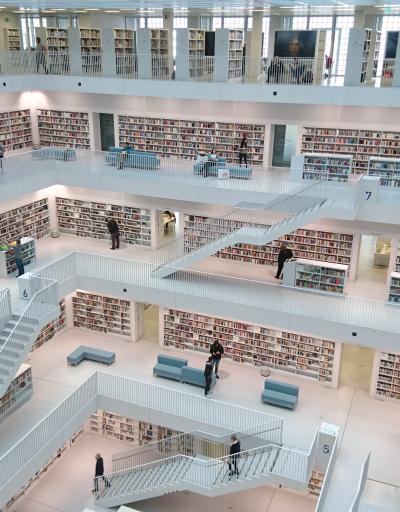
Shutterstock
Qalandiya international (qi) 2018

Where
State of Palestine
State of Palestine
When
2020
2020
Who
Al hoash (jerusalem), al ma'mal (jerusalem), a. m. qattan foundation (ramallah), eltiqa group (gaza), khalil sakakini cultural center (ramallah), ramallah municipality , riwaq (al bireh), shababek for contemporary art (gaza), the palestinian museum (birz
Al hoash (jerusalem), al ma'mal (jerusalem), a. m. qattan foundation (ramallah), eltiqa group (gaza), khalil sakakini cultural center (ramallah), ramallah municipality , riwaq (al bireh), shababek for contemporary art (gaza), the palestinian museum (birz
Website of the policy/measure
Website
Website
Read the full report
Go to full report
Go to full report
Description of the policy/measure
Founded in 2012 as a joint contemporary art event that takes place every two years across palestinian cities and villages. qi aims to place palestine on the world's cultural map by producing a series of exhibitions, as well as performances, talks, film screenings, workshops and tours, that open up channels for dialogue and exchange, both locally and internationally. as a partnership between art and culture organizations, qi works collectively to join forces to unify a fragmented geography. the name 'qalandiya' is associated with the main checkpoint operated by the israeli military, disconnecting west bank cities and communities from jerusalem and beyond. the setting of daily subjugation and humiliation, it represents the oppressive grip of the occupation. yet 'qalandiya' has other connotations that have been blurred or erased. it recalls the closed and abandoned jerusalem airport; it is also the site of the qalandiya refugee camp, and the village of qalandiya now divided by the separation wall. a meeting place of contradictions, it is now a place, and symbol, of disconnection, isolation, segregation and fragmentation. qalandiya international reclaims the name in a defiant and positive celebration of visual arts and culture across a fragmented and divided palestine and its diaspora.
2005 Convention Monitoring Framework Goal(s)
Area(s) of Monitoring
Cultural Domain(s)
Transversal Priority(ies)
Results achieved
Collaborative in nature and ambitious in scale, qi is an attempt to join forces and resources and form links across a fragmented geography - an innovative response to the need to find solutions that work for the collective rather than the individual institutions. in the broader perspective, besides generating opportunities for artists in the region and from elsewhere, qi also aims to engage the local public in programs not straitjacketed by realpolitik and allow them to look at art in a more imaginative and open manner.


